How to Report Amazon Phishing Scams
Anyone can be a victim of phishing attacks but it's you to stop them
4 min. read
Updated on
Read our disclosure page to find out how can you help Windows Report sustain the editorial team. Read more
Key notes
- Phishing scams often impersonate legitimate websites like Amazon in an attempt to gather personal details.
- Reporting these messages can help stop fraudsters and allow you to voice your concerns about this increasingly common issue.
- In this guide, we show you how to get this information to the right authorities to enhance your security on the platform.
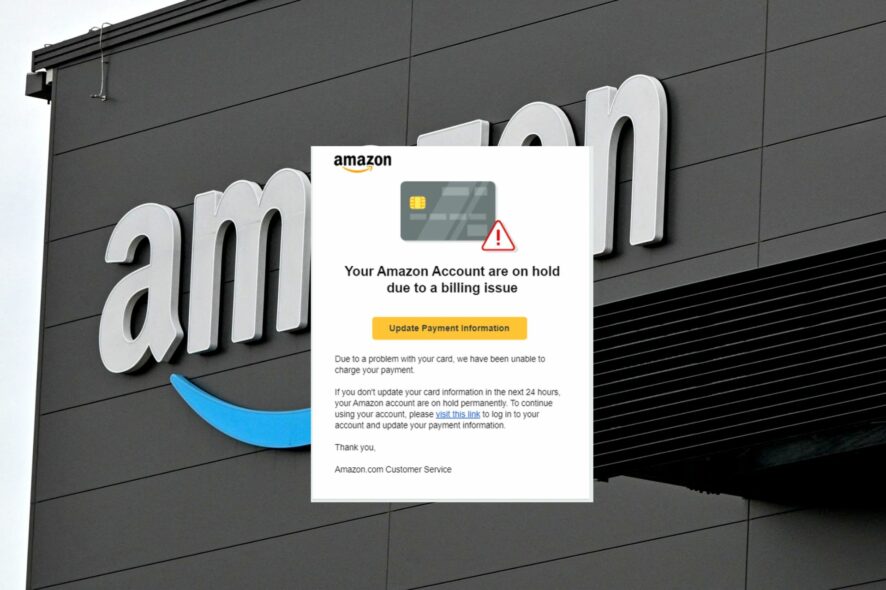
Despite being one of the most successful e-commerce sites, Amazon is not immune to fraud. And even with all the information on how to spot a phishing scam, people still fall victim. Scammers have clothed their activities so well that it’s hard to tell real from fake.
And while you can ignore these phishing attempts on your account, reporting them is a step closer to helping Amazon improve its security detection. If you don’t know where to start, here’s a guide on how to go about it.
What are some common types of Amazon phishing scams?
- Evil twin phishing – It’s when a hacker sets up or names a network that looks like the legitimate Amazon Wi-Fi.
- Email phishing – This is when you receive a suspicious email that looks like it’s from Amazon. It usually asks you to follow a link.
- Text message phishing – Can come in the form of a fake order confirmation text message asking you to surrender personal information, just like the Amazon security scam text.
- Malware phishing – This type of scam uses malware-laced websites to trick users into downloading malicious software onto their computers.
- Website spoofing – This involves setting up a fake website that looks like the real thing — often using a URL very similar to the original site.
How do I report phishing to Amazon?
1. Gather evidence of the fraudulent email or phone call
If you receive an unsolicited email or phone call claiming to be from Amazon, you need to keep this evidence. Common messages will be something like your Amazon account has been temporarily locked. You’ll then be asked to click on links or surrender personal information to unlock it.
Instead of clicking on links, gather as much information as possible. This includes the time of the email or call received, the email address or phone number used, and the contents of the email.
2. Contact Amazon Seller Central Customer Service Team
After gathering the information in 1 above, report it to the Amazon Seller Central Customer Service Team. You can forward the contents of the email to Amazon’s phishing email address.
For phone calls, you can either record the call and send it to the same email or forward the number to the Federal Trade Commission.
3. Submit a report to Amazon Seller Central’s Security Team
Customers are not the only ones at risk of getting scammed. Sellers on the platform can also fall victim to phishing scams. Scammers can impersonate their websites and redirect their customers to purchase from them.
Any orders made through the fake page may not be delivered, and customers may lose their hard-earned money. If you’re a seller and a scammer is camouflaging as you or misrepresenting your business, you can report the incident.
Help can be found through your seller account by logging in, going to the help page, and filling in the form. The Security Team will investigate your case and work with law enforcement if necessary.
How can I identify a phishing email?
- Grammatical errors – Look for typos and spelling errors. If possible, use grammar checker software to weed out any mistakes you may have missed.
- Unsolicited requests for personal information – If you suddenly get requests to submit information without prior communication or on an order you didn’t make, this is a phishing email.
- Unusual format of emails – Check for unusual formatting. This includes messages with a lot of text, no links or graphics, or even a weird font.
- Suspicious URLs and attachments – Before you click on a link, hover your mouse around it. This will reveal its thumbnail preview, which you can check against the real website and verify its authenticity.
- Fake customer service numbers & emails – Any attempts to get you to respond, such as the Geek Squad email scam, can always be verified against the official website before taking action.
Other tell-tale signs include an urgent tone in messages, too-good-to-be-true offers, and persistent emails to take action on clicking links or sending personal information.
If you suspect that your account may have been compromised, change your password as soon as possible. Also, get in touch with your bank if you have shared personal details. This will secure your funds before scammers get to it.
In the future, use strong passwords for your accounts and consider installing multi-factor authentication software to add an extra layer of security to your accounts.
Have you received suspicious messages before, and what action did you take? We’d love to know some of your scam-proof techniques, so let us know in the comment section below.



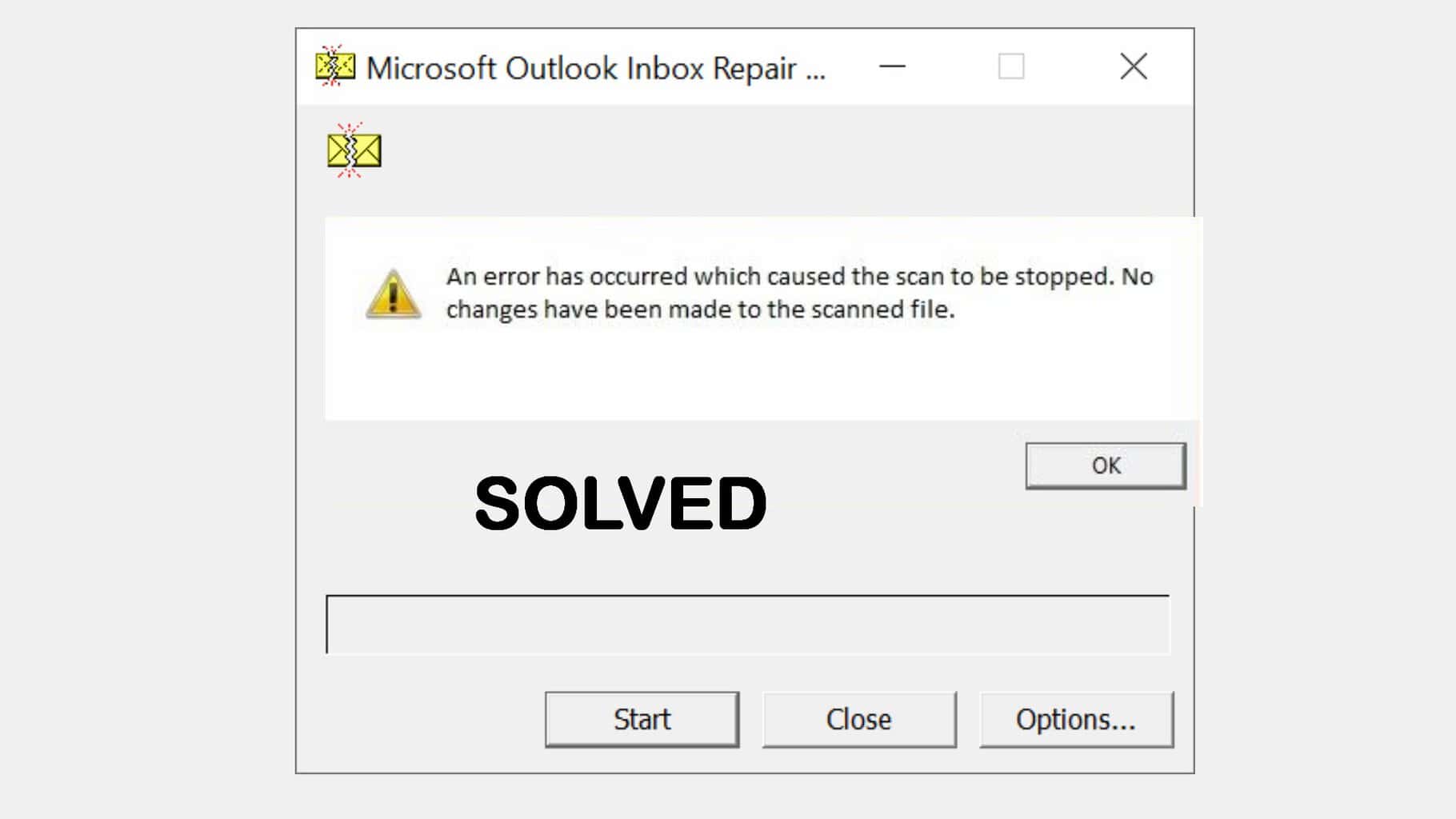
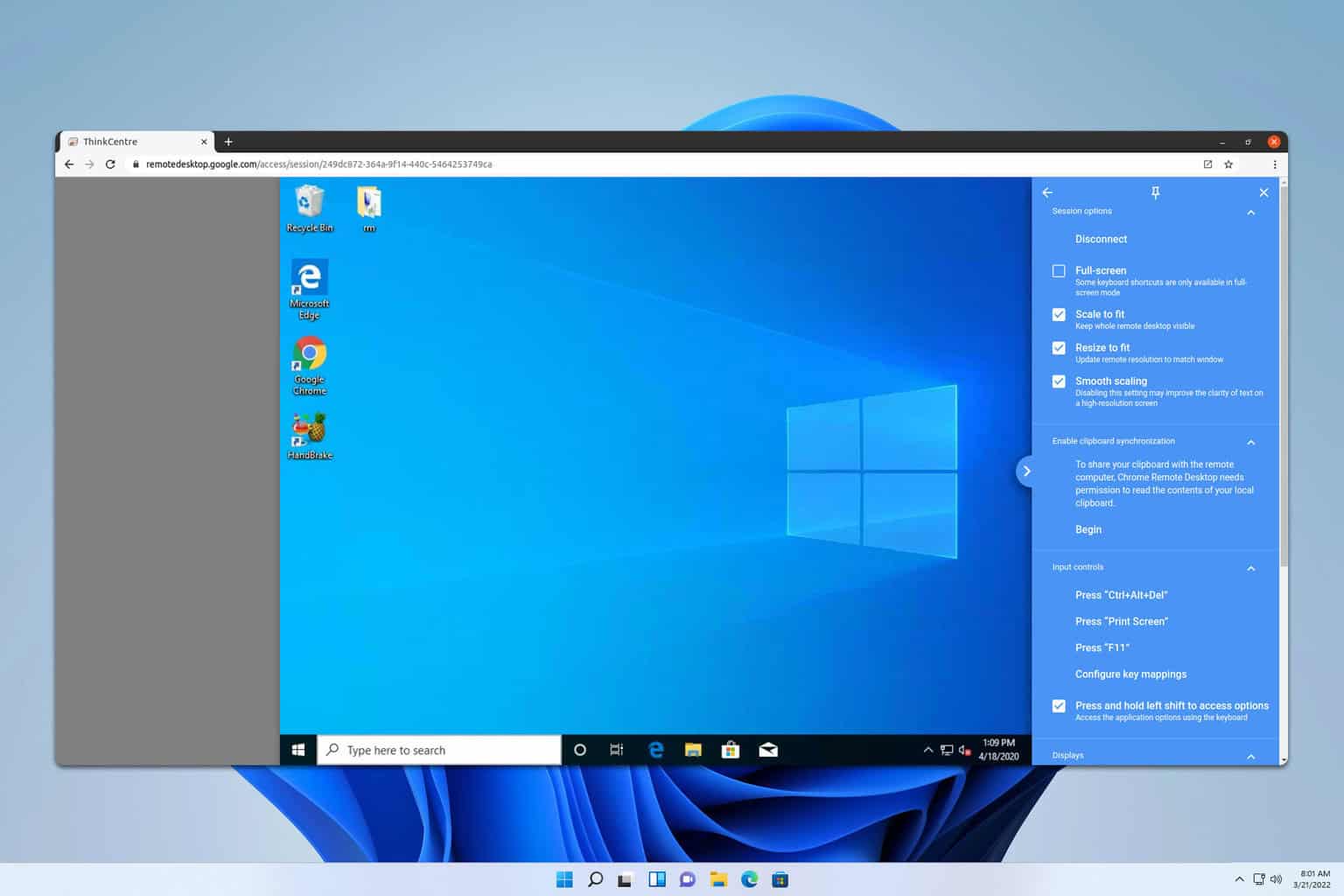

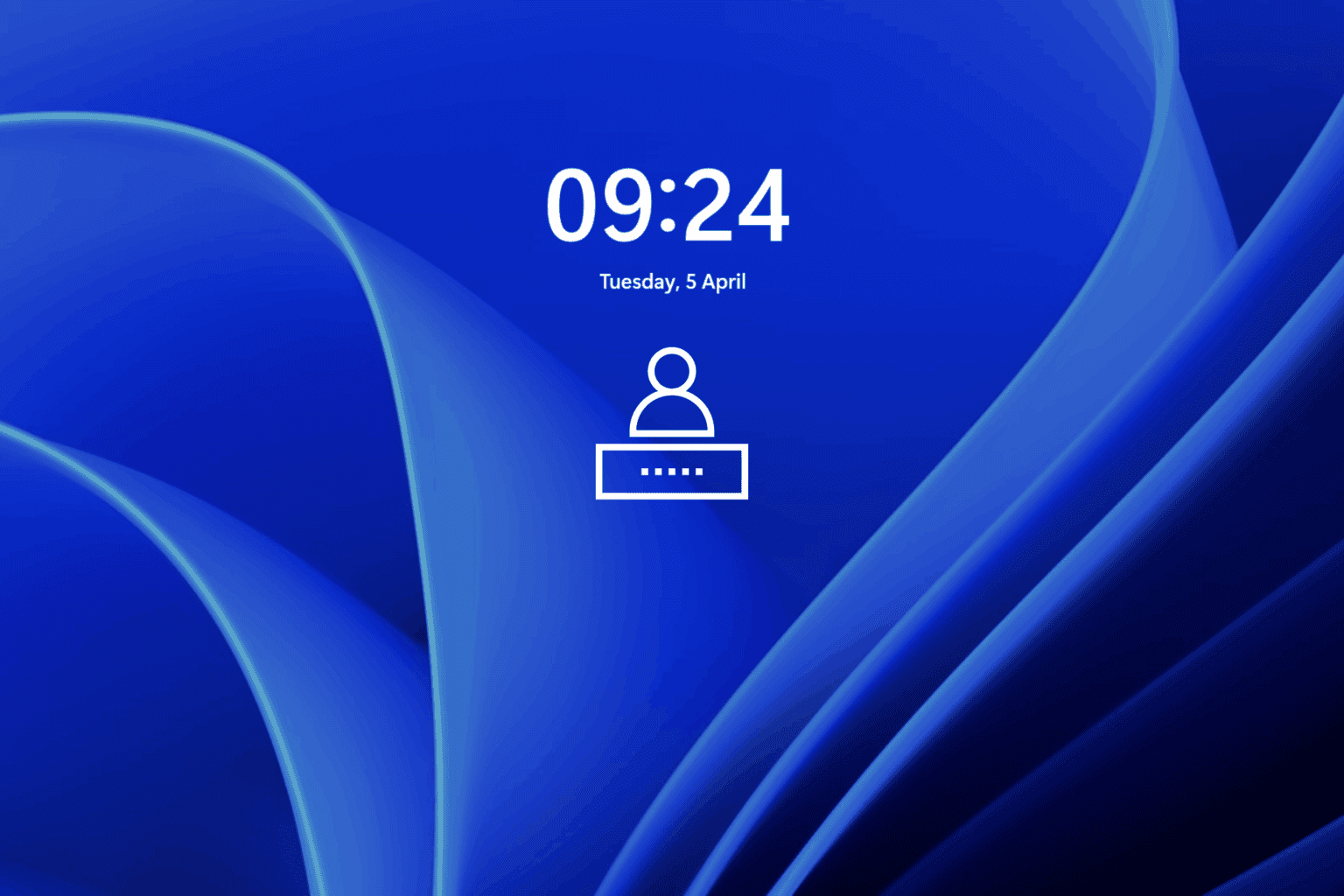
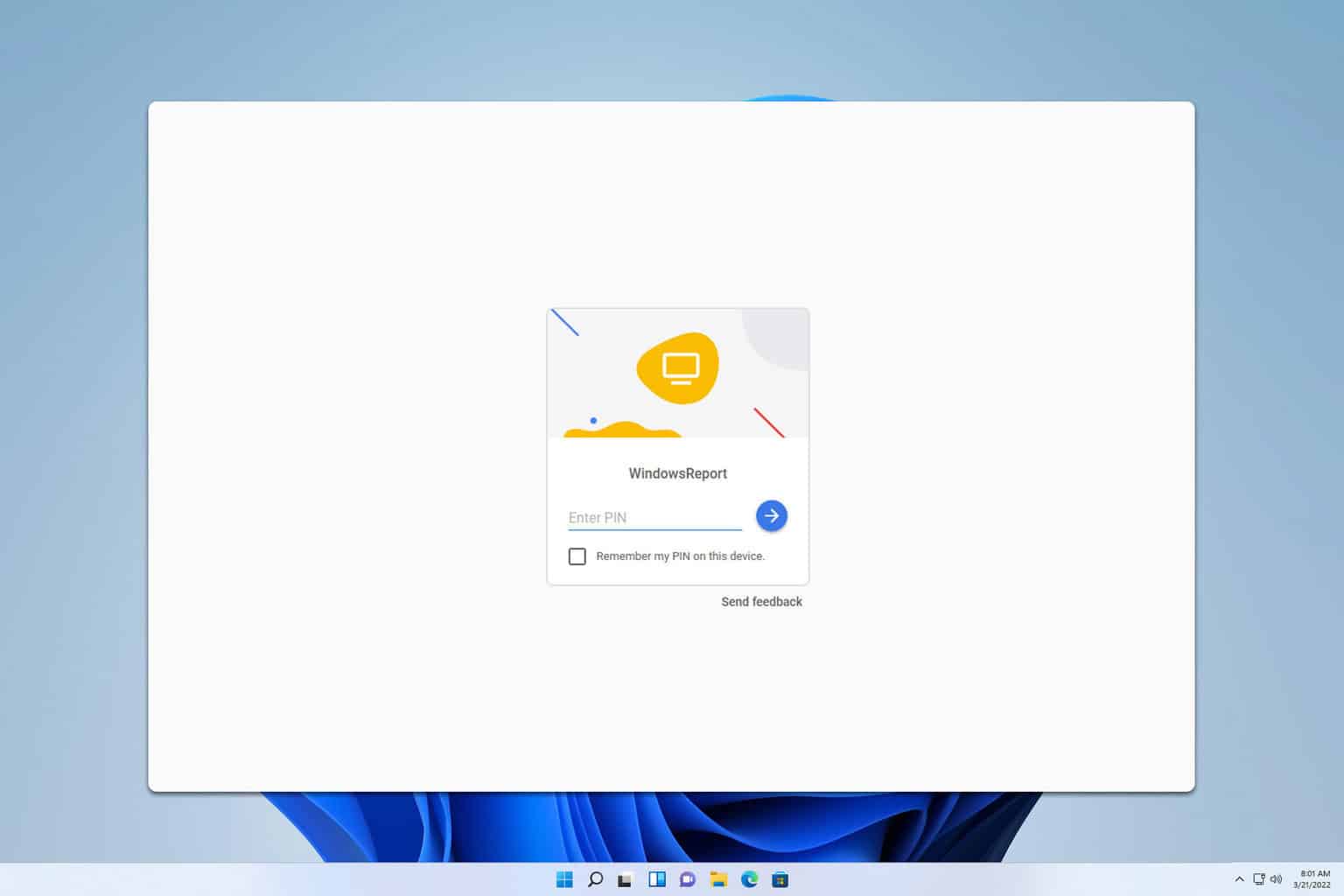
User forum
0 messages